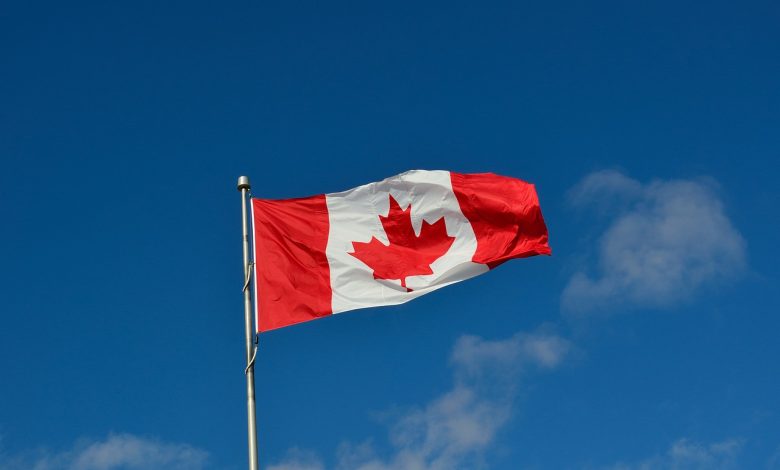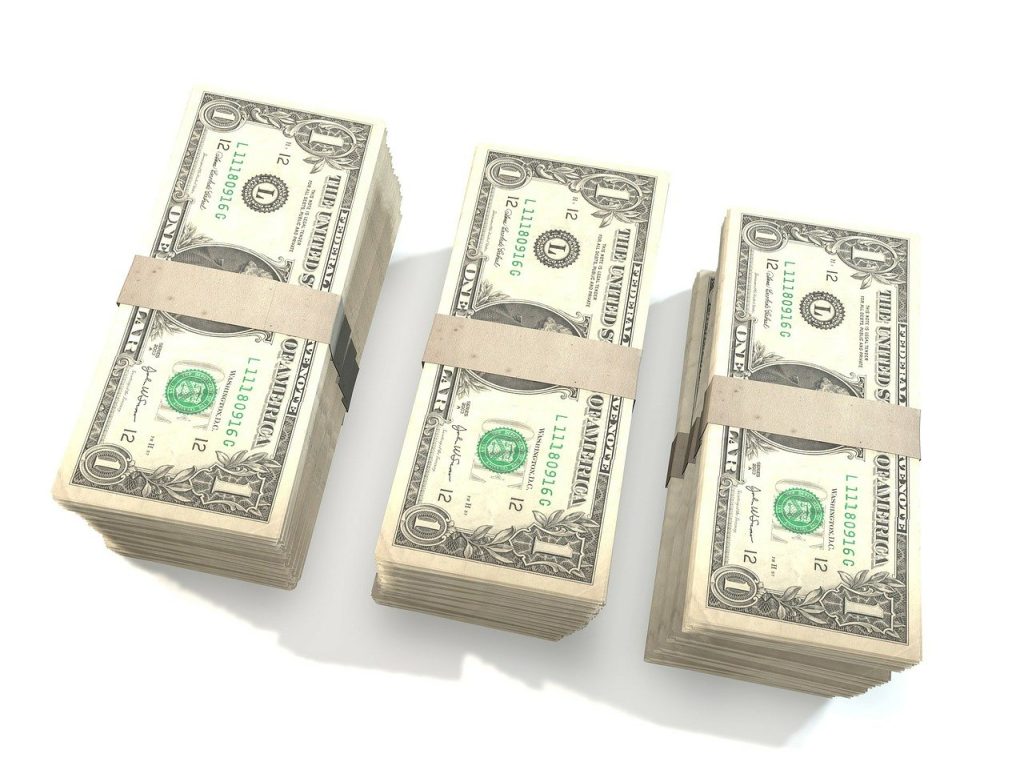History of the Canadian Dollar

The Canadian dollar is one of the most identified currencies around the world. It’s the official currency of Canada and plays an essential role in the global economy. In this article, we will delve deeper into the history, structure, economic impact, and global standing of the Canadian dollar. Whether you have any interest in trading, investing, or just curious about the currency, this guide will make everything you need to know clear about the Canadian dollar news.
Thank you for reading this post, don't forget to subscribe!Origins and Early History

The history of the Canadian dollar news started in the 19th century. Prior to the unification of Canada, the various provinces were using various forms of currency. The “Canadian dollar” was officially established in 1858, linked in value to the British pound. Over time, as the economy of Canada started to develop and grow, so did the effort by the Canadian government to both formalize and stabilize the currency.
Transition from the Gold Standard
Like most currencies around the world, the Canadian dollar was pegged to the gold standard. That is, the value of the CAD was based upon the actual amount of gold available in Canada. Canada abandoned the gold standard in 1931, though, and the CAD was left to float on its supply and demand.

Important Dates in Canadian Currency
In the 20th century, Canada made several significant changes to its currency system, such as replacing the British pound with the Canadian dollar as the nation’s official currency. The “loonie,” a $1 coin featuring a loon, was introduced in 1987, followed by the two-dollar coin, the “toonie,” in 1996. These coins became iconic symbols of the Canadian dollar.

What Makes Up the Canadian Dollar?
Coins and Banknotes
The Canadian dollar has both coins and paper notes. Coins come in denominations of 5, 10, 25 and 50 cents, the Loonie ($1) and the Toonie ($2). Banknotes come in denominations of $5, $10, $20, $50 and $100.
The terms “loonie” and “toonie” have become synonymous with the Canadian dollar. The “loonie” refers to the $1 coin, which features a loon on one side, while the “toonie” is a $2 coin, which has an image of a polar bear on its reverse side.
Special Coins and Collector’s Edition
Canada sometimes prints special edition coins as well. These are usually released for significant anniversaries or events in the history of the nation. The coins are also highly valued by collectors and, at times have a value exceeding their legal tender value.
The Exchange Rate and How it Works
Understanding the Exchange Rate System
The value of one currency against another is determined by the exchange rate. The CAD exchange rate changes due to several reasons such as demand, global markets, and economic health of Canada.
Factors Affecting CAD Exchange Rates
Economic indicators such as inflation, interest rates, and trade relations of Canada are some major factors that determine the value of the CAD. If the economy of Canada is doing well, the CAD also tends to appreciate against other currencies.

How to Check CAD Exchange Rates
Exchange rates can be checked online through financial websites or apps. It’s crucial to keep an eye on these rates, especially if you’re planning to travel or invest in Canadian assets.
Factors Influencing the Value of the Canadian Dollar
The strength of the Canadian dollar is reflected by the GDP, employment rate, and inflation rates of Canada. Economic reports from the Bank of Canada and other government agencies provide a view of the economy’s health to investors.
Commodities and Natural Resources:-

In oil, gas, and minerals, Canada is the land of nature’s wealth. Prices of the commodities usually push up or fall the value of CAD. A case in point is when prices of oil raise, the currency of Canada also appreciates in value because most of its oils are exported overseas.
Global Trends
Political or economic changes going on in global market such as change in policy of U.S. monetary change in global market can also result in changing Canadian dollar value.

The Canadian Dollar in the Global Market
Canada’s Trade Relationships and Impact on CAD. The major trading partners of Canada are the United States, China, and Mexico. Needless to say, trade treaties like NAFTA, which has made way for USMCA, and other trade negotiations continue to have a big impact on CAD.
How Foreign Markets View the CAD
The Canadian dollar is viewed as a healthy and stable currency due to the country’s strong economy, rich natural resources, and solid banking system. The currency is also considered a “safe haven” in periods of turmoil in the global economy.
- CAD’s Role in the Forex Market
- CAD is a very liquid and popular currency to trade in the Forex market. It is often traded in a pair with the USD, EUR, and other major currencies.
- Using the Canadian Dollar in Canada
- Currency Acceptance
- The Canadian dollar is widely accepted throughout Canada, from the biggest cities down to the tiniest towns. Very few foreign currencies are accepted, so exchanging money before entering Canada is a must.
- Payment Methods in Canada
- In Canada, credit cards, debit cards, and mobile payment systems like Apple Pay and Google Pay prevail. Of course, cash is used too, albeit less in larger transactions.
Common Financial Practices in Canada Conservatism best characterizes the Canadian attitude toward money. Many use credit responsibly and set aside money for long-term goals. A lot of Canadians also invest in mutual funds, stocks, and other financial instruments.
Canada’s Economic Policies and the CAD

The Role of the Bank of Canada
The Bank of Canada is the central authority that is responsible for handling the monetary policy of the country, including the interest rates and inflation. The policies undertaken by this bank directly influence the strength and stability of the Canadian dollar.
Government Policies Impacting CAD Value
Government spending, fiscal policy, and laws regarding taxation are great influencers of the general performance of any economy and, therefore, the CAD.
Inflation and the CAD
Inflation depletes the purchasing power of the Canadian dollar. The central bank of Canada, the Bank of Canada, has been struggling to keep the inflation rate within a target range to maintain economic stability.
- Canadian Dollar vs Other Global Currencies
- Comparison to the US Dollar (USD)
- Because of the tight connection between the two economies, many link the Canadian dollar with the U.S. dollar. Conventionally, 1 CAD has been below 1 USD, although exchange rates do change.
CAD against Euro (EUR)
The CAD is normally weaker than the euro, but at times it bounces between changes in the global level markets.
CAD against British Pound (GBP)
The pound is normally considered stronger than the Canadian dollar, although this fluctuates frequently and is determined by such issues as the interest rates and the balance of trade.
- Investing in the Canadian Dollar
- How to Invest in CAD
- You can invest in the Canadian dollar through various financial instruments, including Forex trading, currency exchange funds (ETFs), or direct investments in Canadian assets like real estate or stocks.
Popular Methods for Foreign Investment Foreign direct investment in Canada tends to be all in real estate, oil and gas, or natural resources. Each of those is determined by the value of the Canadian dollar.
Potential Risks and Rewards of CAD Investment in the Canadian dollar is bound by several possible risks and rewards. For example, strength in this currency might promise returns whereas its volatility, on the other hand, could create some losses.
The Canadian Dollar in the Digital Age
The Rise of Digital and Cryptocurrencies
With the rise of digital currencies like Bitcoin, the Canadian dollar may face new challenges. However, the CAD remains the dominant currency for most transactions in Canada.
Impact of Blockchain on CAD Transactions
Blockchain technology could revolutionize the way transactions are conducted with the Canadian dollar. The use of digital currencies may lead to a more efficient, transparent financial system.
How to Safeguard Your Finances Against CAD Fluctuation
Hedge Against Currency Risks
If one is concerned about currency fluctuation, hedging against losses may be done through diversification or any other financial product like options or futures contracts.
Diversification Strategy
The different classes of investment into which an investor may invest also help in bringing down the risks associated with a CAD value fluctuation. Investments can be made both in domestic and international asset classes.
Using Currency Exchange Tools
Indeed, numerous tools can be used for the purpose of monitoring exchange rates to safeguard you from unfavorable fluctuations of currency values.
Challenges Ahead for Canadian Dollar
Instability in Economic Sentiment and Volatility in CAD
It has to confront volatility in international markets, instability in political contexts, and changing economic policies which might impact the CAD’s value.
Global Crisis and Its Implications
Events such as the COVID-19 pandemic and geopolitical crises are contributors to the high fluctuation in the value of the CAD. In addition, this uncertainty is a risk to investors and the Canadian economy.
Future of the Canadian Dollar
Forecast of CAD for Coming Years
The future of the Canadian dollar will depend on such things as technological change, world trade, and the exports of natural resources that Canada has. As most experts state, CAD is going to stay one of the most crucial currencies in the world.
Role of Digital Currency in Canada
Digital currencies and blockchain technology can make the use of the Canadian dollar different: quicker and less expensive.
Finally, the Canadian dollar is an important constituent of Canada’s economy and an influential currency in world financial markets. It draws its value from a combination of factors that range from natural resource endowments to economic policies and global trends. Knowing the Canadian dollar will help travelers, investors, and any person interested make more informed decisions in today’s integrated global economy.
Frequently Asked Questions
- Why is the Canadian dollar called the “loonie”?
The name “loonie” is derived from the fact that a loon, one type of bird found in Canada, is on the $1 coin.
2. How do I change my money into Canadian dollars?
You can change your money at banks, currency exchange kiosks, or online platforms.
3. Which is the best investment-the Canadian dollar or the U.S. dollar?
Well, this depends on things such as your investment goals, economic trends, and market forces.
4. What are the main industries influencing the Canadian dollar?
The major ones would include oil, gas, mining, and forestry that influence the value of the CAD.
5. Can international crises also make the Canadian dollar volatile?
Yes, international crises like pandemics or wars might cause volatility in the CAD.





Nice
Nice History of the Canadian Dollar